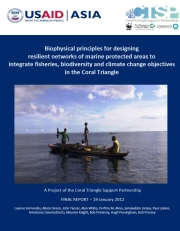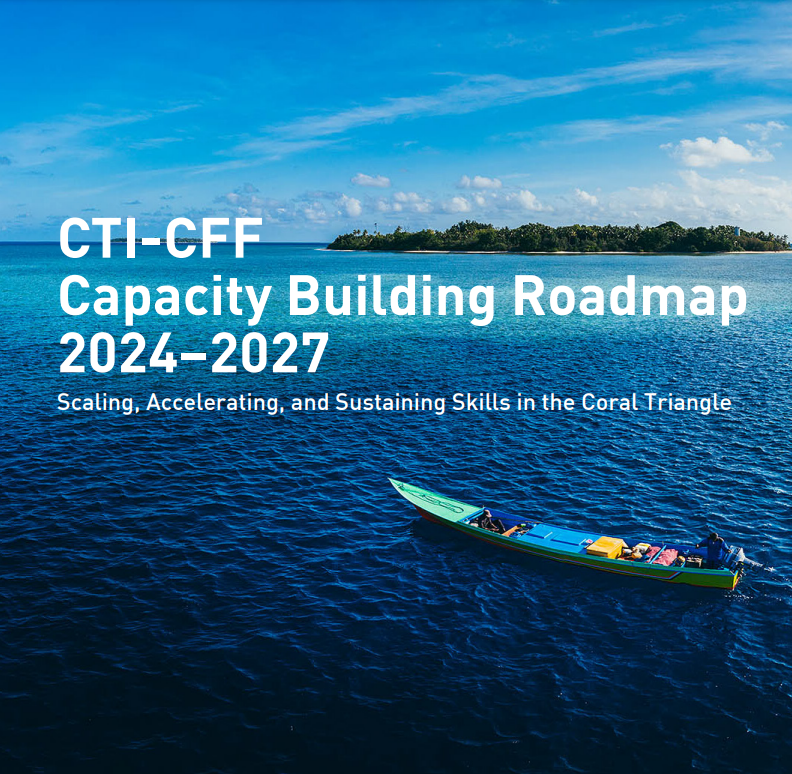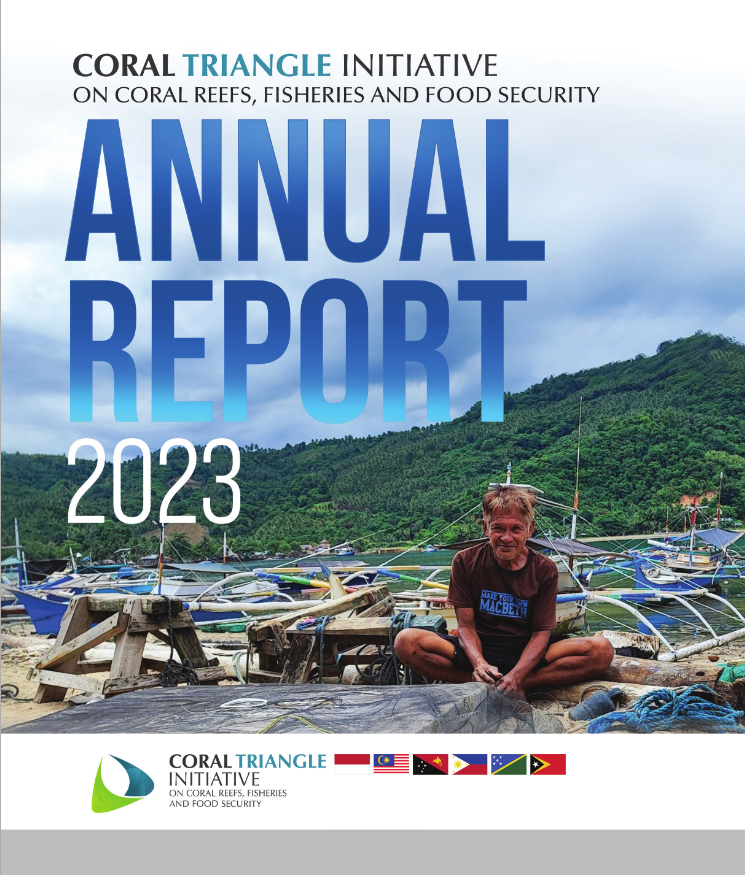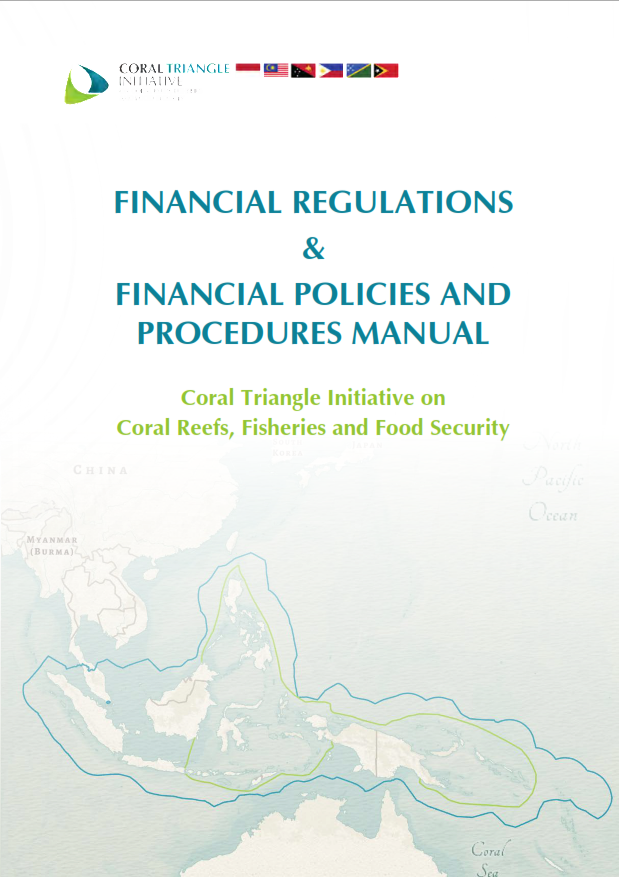Guidelines: Biophysical principles for designing resilient networks of marine protected areas to integrate fisheries, biodiversity and climate change objectives in the Coral Triangle.
| # | Documents | Filesize |
|---|

This innovative set of guidelines released on January 19, 2012 has for the first time combined and integrated the principles of fisheries, biodiversity and climate change in establishing effective marine protected area (MPA) networks in the Coral Triangle. In the past, many MPA networks were unsuccessful because they focused solely on one principle and objective. The new guidelines aim to address this concern by enabling MPA networks to simultaneously achieve fisheries sustainability, biodiversity conservation and ecosystem resilience in the face of climate change. The guidelines form part of a toolkit that will be rolled out in 2012 that will aid government, non-government and community resource managers to promote sustainable fishing practices, conserve the Coral Triangle's ecosystem and achieve the goals of the Coral Triangle Initiative (CTI) Regional and National Plans of Action.



